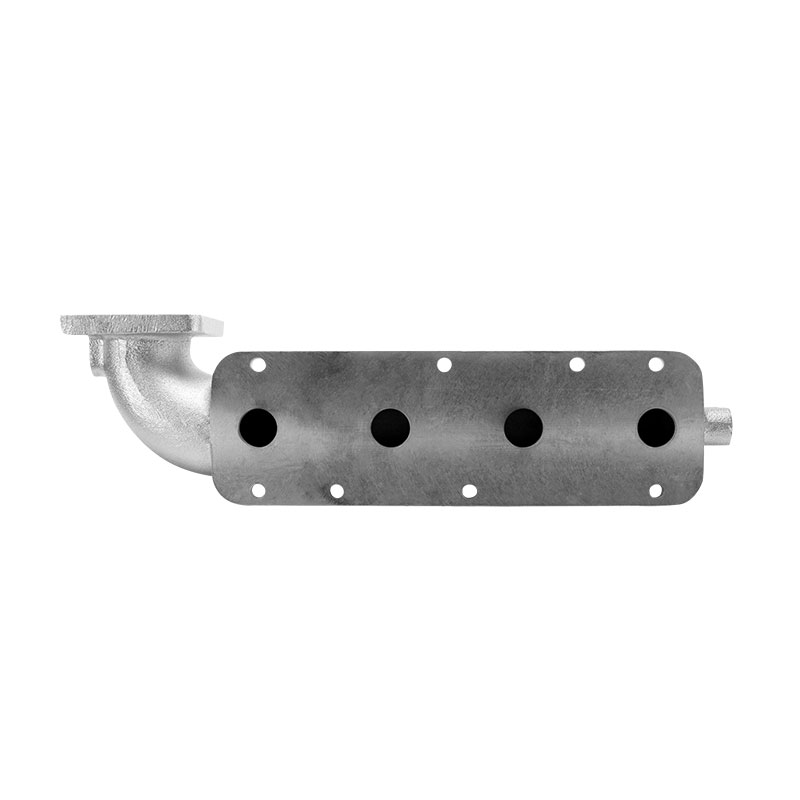What is the structure of a heat exchanger?
2024-05-16
A heat exchanger typically consists of a series of tubes, pipes, or plates arranged in a way to facilitate the transfer of heat from one fluid to another. The basic structure includes:

1. Fluid Inlets and Outlets: These are the entry and exit points for the fluids involved in the heat exchange process. Each fluid (usually one hot and one cold) enters the heat exchanger through separate inlets, flows through the exchanger, and exits through separate outlets.
2. Tubes or Channels: These are the pathways through which the fluids flow. Heat exchangers can have either straight tubes or coils, and the fluids may flow either concurrently (in the same direction) or countercurrently (in opposite directions).
3. Heat Transfer Surface: This is the area where heat exchange occurs between the two fluids. It can be the surface of the tubes or plates themselves, which are often made of materials with high thermal conductivity to facilitate efficient heat transfer.
4. Shell (if applicable): In some heat exchangers, such as shell-and-tube heat exchangers, the tubes are housed within a shell. The shell provides structural support and helps contain the fluid within the tubes.
5. Baffles (if applicable): Inside the shell of a shell-and-tube heat exchanger, baffles are often used to direct the flow of the fluid and enhance heat transfer efficiency by promoting turbulence.
6. Fins (if applicable): In some designs, especially in air-to-fluid heat exchangers like radiators, fins may be attached to the tubes or plates to increase the surface area available for heat transfer.
7. Support Structures: Heat exchangers are often supported by frames or other structures to ensure stability and ease of installation.
The specific design and configuration of a heat exchanger depend on factors such as the intended application, the properties of the fluids involved, desired efficiency, and space constraints.

